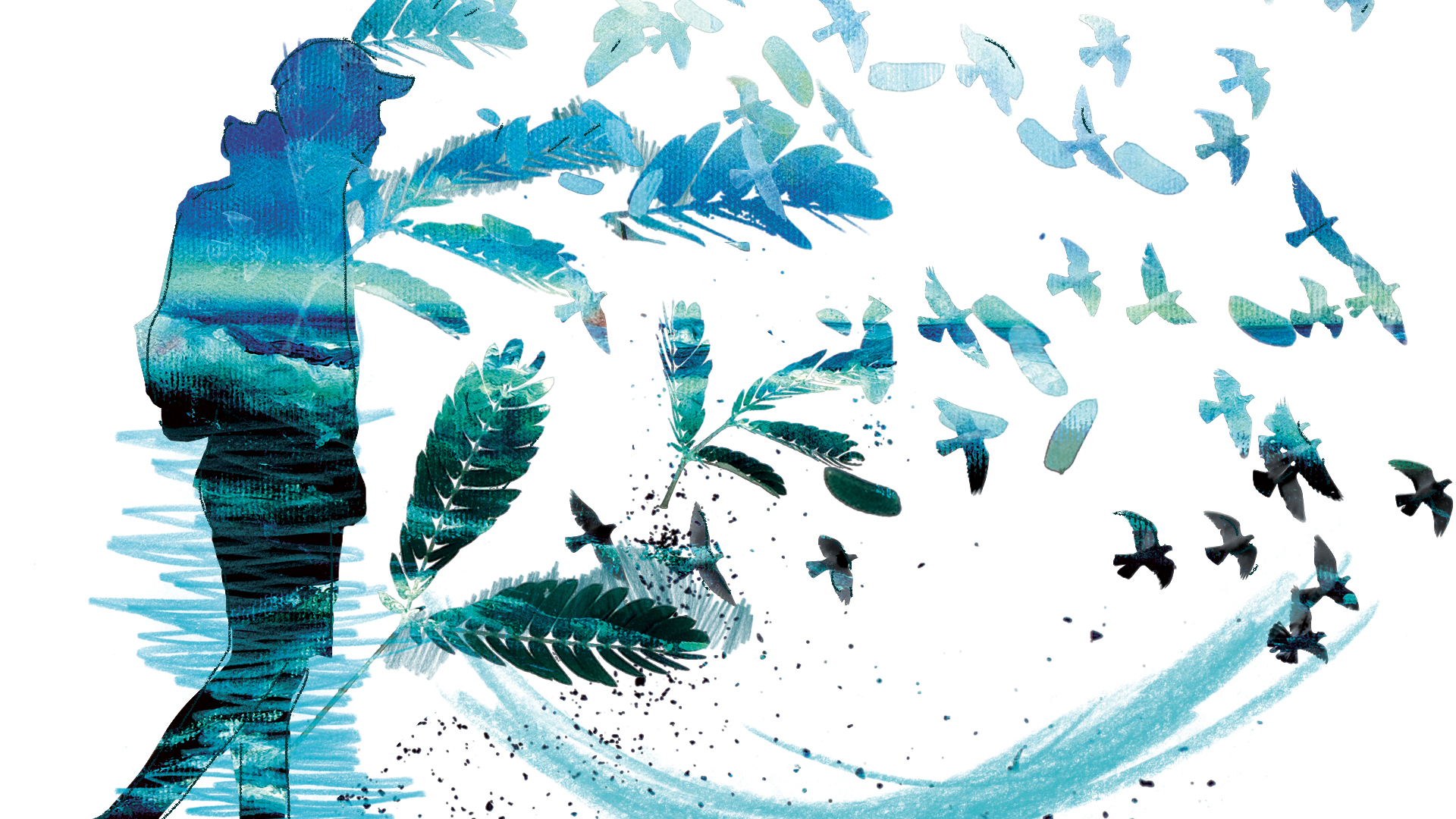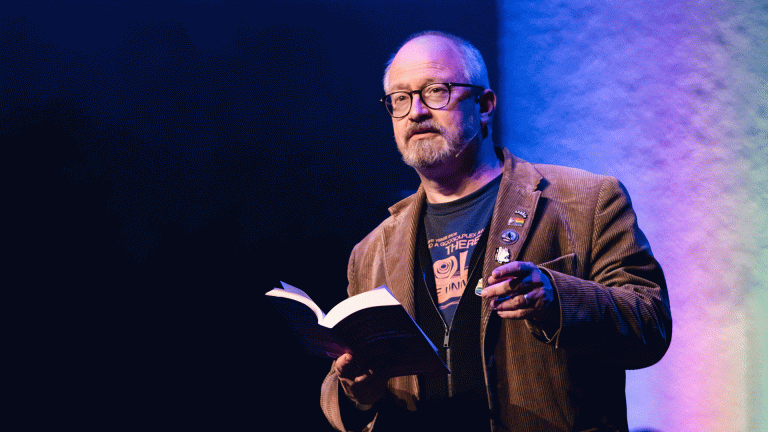When people start moving, we call it a “migrant crisis”. It’s reflexive. And it happens regardless of whether host societies have the capacity to absorb migrants or whether migrants themselves and the societies they enter and leave would be better or worse off because of their movements.
In part, that’s because we’ve long misunderstood the scale and meaning of movement on our shared planet.
In the 18th century, the founder of modern taxonomy, Carl Linnaeus, characterised the natural world as essentially still. Each animal belonged where it was found and hadn’t moved from one place to another; each human population was similarly fixed in place on the planet. Thanks to Linnaean taxonomy, we name things based on their fixed places and where they “belong”: the Canadian goose, the Japanese maple. We use animals to stand in for places, as if they are one and the same: the camel stands in for the Middle East; the kangaroo for Australia – as if they have been there from time immemorial and could never shift.
Linnaeus decided that people who lived in different continents had been so biologically isolated from each other that they were separate subspecies, creating a human taxonomy which separated people by colour, continent, and his sense of their morals. He relied heavily on folklore and myth about tailed men and African women with bizarre genital growths (his taxonomy was famously based on sexual characteristics, which is why it was controversial and called “loathsome harlotry”). Elevating the degree of differentiation between us obscured our common origin and our shared migratory history. Nevertheless, his ideas formed the foundation for modern ideas about racial difference, which are used to justify anti-migrant policies to this day.
Ancient DNA shows that we’ve continuously migrated
We’ve minimised the role and scope of migration ever since. For example, Europeans refused to believe Polynesian people’s story of prehistoric migrations to the Pacific Islands by canoe from Asia. They thought that purposeful long-distance movements were only possible with modern Western technology. In the 1940s, the Norwegian explorer Thor Heyerdahl theorised that the only way people could have gotten to the remote Pacific islands was by floating there on a raft from Peru. He was so convinced of his theory that he tried it himself on the Kon Tiki raft, which became a popular movie and book. Up until the 1960s, top geographers said that migration has played such a minor role in human history that the people who lived on different continents had actually evolved there.
Today’s policymakers similarly underestimated the pace of human movements when they claimed they could arrest the spread of novel coronavirus by closing the borders, seemingly unaware that seven million people had already left the city of Wuhan before it was locked down. It was only after the borders slammed shut that it became clear that our movement patterns made even our most stringent efforts to stop the microbe’s dispersal futile.









